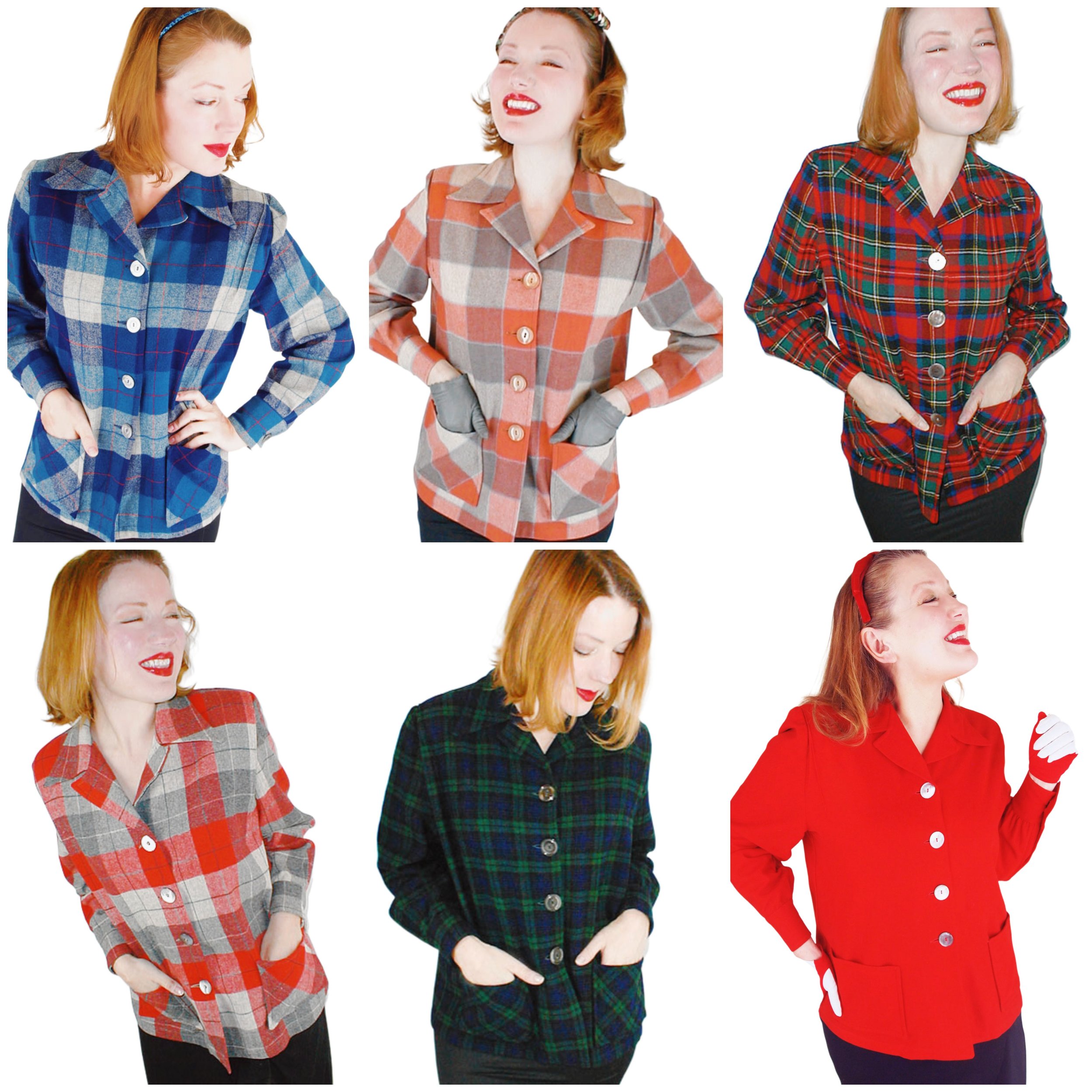I started offering vintage fashion as denisebrain on April 22, Earth Day, of 1999. It’s a marvelous day to consider the choices one makes for the good of our planet. And vintage fashion is the most beautiful of reuse.
April 22 is my business’s 24th anniversary, and Earth Day’s 53rd, and I’m celebrating Earth Day, along with so many of you, more than ever.
Besides your purchasing vintage clothing for reuse, you help me by supporting One Tree Planted. For each purchase made, I donate one dollar, good for one tree. Your purchases also allow me to donate at least 10% of my earnings to Save the Manatee Club.
From Patrick Rose, Save the Manatee Club Executive Director
From Matt Hill, One Tree Planted President and Founder
I know some of you are really clued into taking good care of your clothes to help them last longer. I offer lots of advice on vintage fashion care in my book, Wear Vintage Now: Choose It, Care for It, Style It Your Way, which is a bestseller on Etsy, and has all 5-star reviews on Amazon. The most popular part of this book seems to be the care section. I am so glad people are referring to it to make their vintage finery last—What a great thing to do for the Earth.
Sometimes these days it is really difficult to feel optimistic about the future of our planet’s environment, but we can’t lose hope, and we can’t stop doing what we can, which includes wearing vintage and secondhand clothing and extending its life with good care.
As Greta Thunberg says:
All the clothing and accessories I sell are authentic vintage, which I’ve purchased from individuals and small stores.
My dry cleaner uses an eco-friendly (non-perc) method.
I use 100% recycled acid-free tissue to package your purchases.
When possible I use compostable bags and recyclable paper ribbon to protect and wrap up your item.
I print your thank you note on 100% post-consumer recycled paper.
The shipping boxes and the kraft tape I use are recyclable.
Etsy offsets 100% of carbon emissions from shipping.
















































































